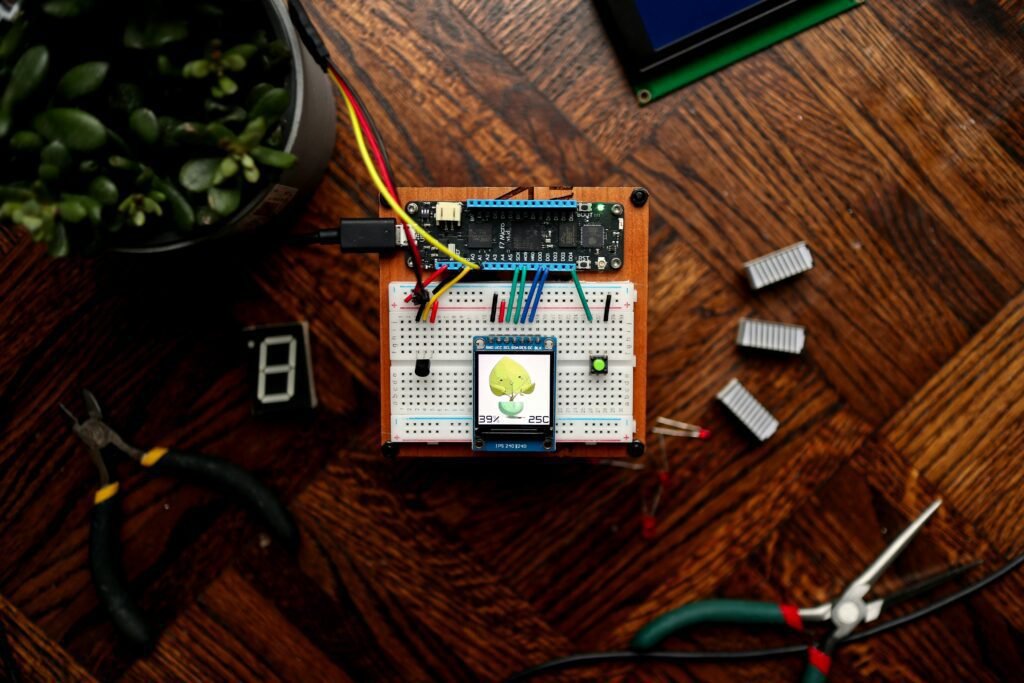The Internet of Things (IoT Design Methodology) has evolved from a futuristic concept to a tangible reality, transforming industries and our daily lives. At the heart of successful IoT implementations lies a robust design methodology. This article delves into the critical components of IoT design, providing a comprehensive framework for building efficient and scalable IoT solutions.
Understanding the IoT Design Process

IoT design is a multidisciplinary endeavor, encompassing hardware, software, networking, and data analytics. A well-defined methodology ensures alignment with project goals, optimizes resource utilization, and mitigates risks. Key stages in the IoT design process include:
- Requirement Analysis: Clearly defining the problem to be solved is paramount. This involves identifying target users, use cases, data requirements, and performance expectations.
- Architecture Design: Creating a blueprint of the IoT system, encompassing hardware components (sensors, actuators, gateways), communication protocols (Wi-Fi, Bluetooth, LoRa), and cloud platforms.
- Data Management: Designing efficient data collection, storage, and processing pipelines is crucial. This includes considering data security, privacy, and analytics requirements.
- Security and Privacy: Implementing robust security measures from the outset is essential. This involves protecting device identities, data transmission, and cloud infrastructure.
- User Interface Design: Creating intuitive interfaces for interacting with IoT devices and data is vital for user adoption.
- Testing and Deployment: Rigorous testing ensures system reliability, performance, and security. Successful deployment involves careful planning and execution.
Core Components of IoT Design Methodology
Several key elements contribute to a successful IoT design methodology:
- Agile Development: Adopting agile principles fosters flexibility and adaptability, enabling rapid prototyping and iterative improvements.
- DevOps: Integrating development and operations teams accelerates time-to-market and improves system reliability.
- Model-Driven Development (MDD): Using models to represent system components and behaviors facilitates design, simulation, and code generation.
- IoT Platforms: Leveraging pre-built platforms can expedite development and reduce costs while providing essential services like device management, data analytics, and security.
- Design Patterns: Applying established design patterns can streamline development and improve code quality.
Challenges and Considerations
IoT design presents unique challenges, including:
- Device Heterogeneity: Managing diverse devices with varying capabilities and protocols.
- Network Constraints: Addressing limited bandwidth, latency, and connectivity issues.
- Data Volume and Velocity: Handling large volumes of data generated by IoT devices in real-time.
- Security Risks: Protecting against cyber threats targeting IoT devices and systems.
- Privacy Concerns: Ensuring data privacy and compliance with regulations.
Best Practices for IoT Design
To overcome these challenges and achieve successful IoT projects, consider the following best practices:
- Start Small, Scale Up: Begin with a pilot project to validate the concept and identify potential issues.
- Focus on User Experience: Design with the end-user in mind, prioritizing usability and intuitiveness.
- Prioritize Data Security: Implement robust security measures at every stage of the IoT lifecycle.
- Leverage Cloud Computing: Utilize cloud-based services for scalable data storage, processing, and analytics.
- Continuous Monitoring and Optimization: Monitor system performance and make necessary adjustments.
By adopting a structured IoT design methodology and incorporating best practices, organizations can develop innovative and impactful IoT solutions. As the IoT landscape continues to evolve, staying ahead of the curve requires a proactive and adaptable approach to design.
Would you like to explore a specific IoT design methodology or delve deeper into a particular aspect of IoT development? We will be sharing more of such articles soon!








